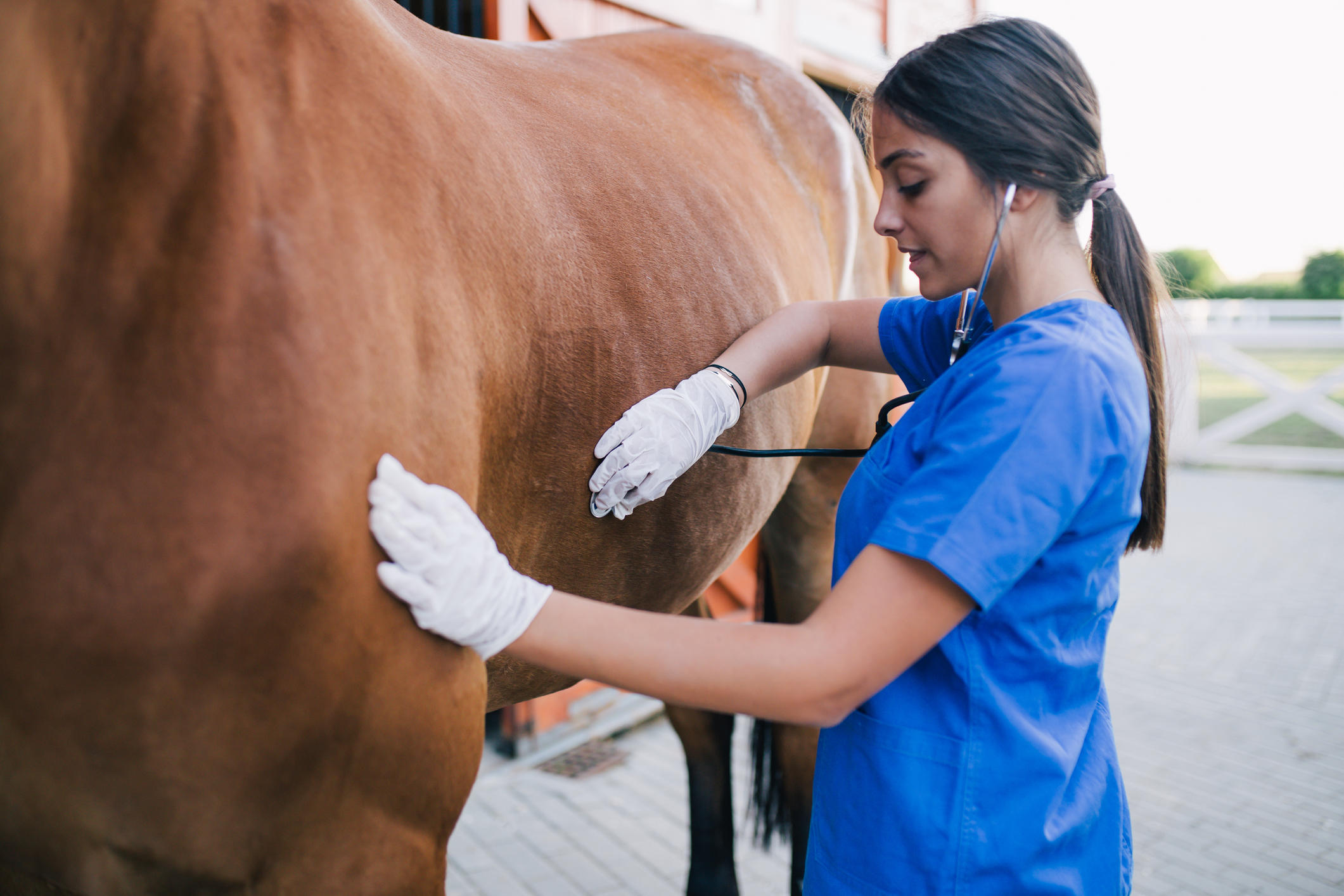Department of Employment 2021, Employment Projections, available from the Labour Market Information Portal
- by ANZSCO, selected occupations, employment projections to May 2025
- 3611 Animal Attendants and Trainers.
Australian Bureau of Statistics 2021, 6291.0.55.001 - EQ08 - Employed persons by Occupation unit group of main job (ANZSCO), Sex, State and Territory, August 1986 onwards, viewed 1 August 2021, https://www.abs.gov.au/statistics/labour/employment-and-unemployment/labour-force-australia-detailed/may-2021
- Employed total by ANZSCO 4 digit occupation, 2001 to 2021, May Quarter
- 3611 Animal Attendants and Trainers.
Training data has been extracted from the National VET Provider Collection, Total VET Students and Courses from the following training package or qualifications:
- Animal Care and Management Training Package.
- Animal Control and Regulation
- ACM40110 - Certificate IV in Animal Control and Regulation
- ACM40117 - Certificate IV in Animal Control and Regulation
- ACM40121 - Certificate IV in Animal Regulation and Management
- RUV40104 - Certificate IV in Animal Control and Regulation.
- Animal Studies
- ACM10110 - Certificate I in Animal Studies
- ACM10117 - Certificate I in Animal Studies
- ACM10121 - Certificate I in Animal Care Industry Pathways
- ACM20110 - Certificate II in Animal Studies
- ACM20117 - Certificate II in Animal Studies
- ACM20121 - Certificate II in Animal Care
- ACM30110 - Certificate III in Animal Studies
- ACM30117 - Certificate III in Animal Studies
- ACM30121 - Certificate III in Animal Care Services
- RUV20104 - Certificate II in Animal Studies
- RUV20198 - Certificate II in Animal Studies
- RUV30198 - Certificate III in Animal Studies.
- Animal Technology
- ACM30210 - Certificate III in Animal Technology
- ACM30217 - Certificate III in Animal Technology
- ACM30219 - Certificate III in Animal Technology
- ACM50110 - Diploma of Animal Technology
- ACM50117 - Diploma of Animal Technology
- ACM50119 - Diploma of Animal Technology
- RUV30104 - Certificate III in Animal Technology
- RUV50104 - Diploma of Animal Technology.
- Captive Animals
- ACM30310 - Certificate III in Captive Animals
- ACM30317 - Certificate III in Captive Animals
- ACM30321 - Certificate III in Wildlife and Exhibited Animal Care
- ACM40210 - Certificate IV in Captive Animals
- ACM40217 - Certificate IV in Captive Animals
- ACM40221 - Certificate IV in Animal Facility Management
- RUV30204 - Certificate III in Captive Animals
- RUV40204 - Certificate IV in Captive Animals.
- Companion Animal Services
- ACM30410 - Certificate III in Companion Animal Services
- ACM30417 - Certificate III in Companion Animal Services
- ACM40310 - Certificate IV in Companion Animal Services
- ACM40317 - Certificate IV in Companion Animal Services
- ACM40321 - Certificate IV in Animal Behaviour and Training
- RUV30304 - Certificate III in Companion Animal Services
- RUV40304 - Certificate IV in Companion Animal Services.
- Farriery and Equine Dentistry
- ACM30510 - Certificate III in Farriery
- ACM30517 - Certificate III in Farriery
- ACM30918 - Certificate III in Equine Hoof Care
- ACM40512 - Certificate IV in Equine Dentistry
- ACM40517 - Certificate IV in Equine Dentistry
- ACM40818 - Certificate IV in Farriery.
- Horse Care and Breeding
- ACM20217 - Certificate II in Horse Care
- ACM30717 - Certificate III in Horse Breeding
- ACM30817 - Certificate III in Performance Horse.
- Pet Grooming and Styling
- ACM30612 - Certificate III in Pet Grooming
- ACM30617 - Certificate III in Pet Grooming
- ACM40612 - Certificate IV in Pet Styling
- ACM40617 - Certificate IV in Pet Styling.
This includes superseded qualifications and training packages.
Data covers a range of selected student and training characteristics in the following categories and years:
- 2016 to 2020 program enrolments
- 2016 to 2020 subject enrolments
- 2016 to 2020 program completions.
Total VET students and courses data is reported for the calendar year. Program enrolments are the qualifications, courses and skill-sets in which students are enrolled in a given period. For students enrolled in multiple programs, all programs are counted. Program completion indicates that a student has completed a structured and integrated program of education or training. Location data uses student residence. Subject enrolment is registration of a student at a training delivery location for the purpose of undertaking a module, unit of competency or subject. For more information on the terms and definitions, please refer to the Total VET students and courses: terms and definitions document.
Low counts (less than 5) are not reported to protect client confidentiality.
Percentages are rounded to one decimal place. This can lead to situations where the total sum of proportions in a chart may not add up to exactly 100%.
ACM Animal Care and Management Training Package apprentice and trainee data has been extracted from the National Apprentice and Trainee Collection, including:
- 2011 to 2020 commencements
- 2011 to 2020 completions
- apprentices and trainees in-training October to December 2020 collection, by qualification and state and territory of data submitter.
Job vacancy data have been extracted from Burning Glass Technologies 2021, Labour Insight Real-time Labour Market Information Tool, Burning Glass Technologies, Boston, viewed July 2021, https://www.burning-glass.com.
Data shown represent most requested generic skills, occupations and employers according to internet job postings in Australia between July 2018 and June 2021 filtered by ANZSIC and ANZSCO classification levels listed below.
- Generic skills / Occupations
- 3611 Animal Attendants and Trainers.
- Employers
- 3611 Animal Attendants and Trainers
- 361199 Animal Attendants and Trainers nec
- 361113 Pet Groomer
- 361112 Horse Trainer
- 361111 Dog Handler or Trainer
- 361114 Zookeeper.
